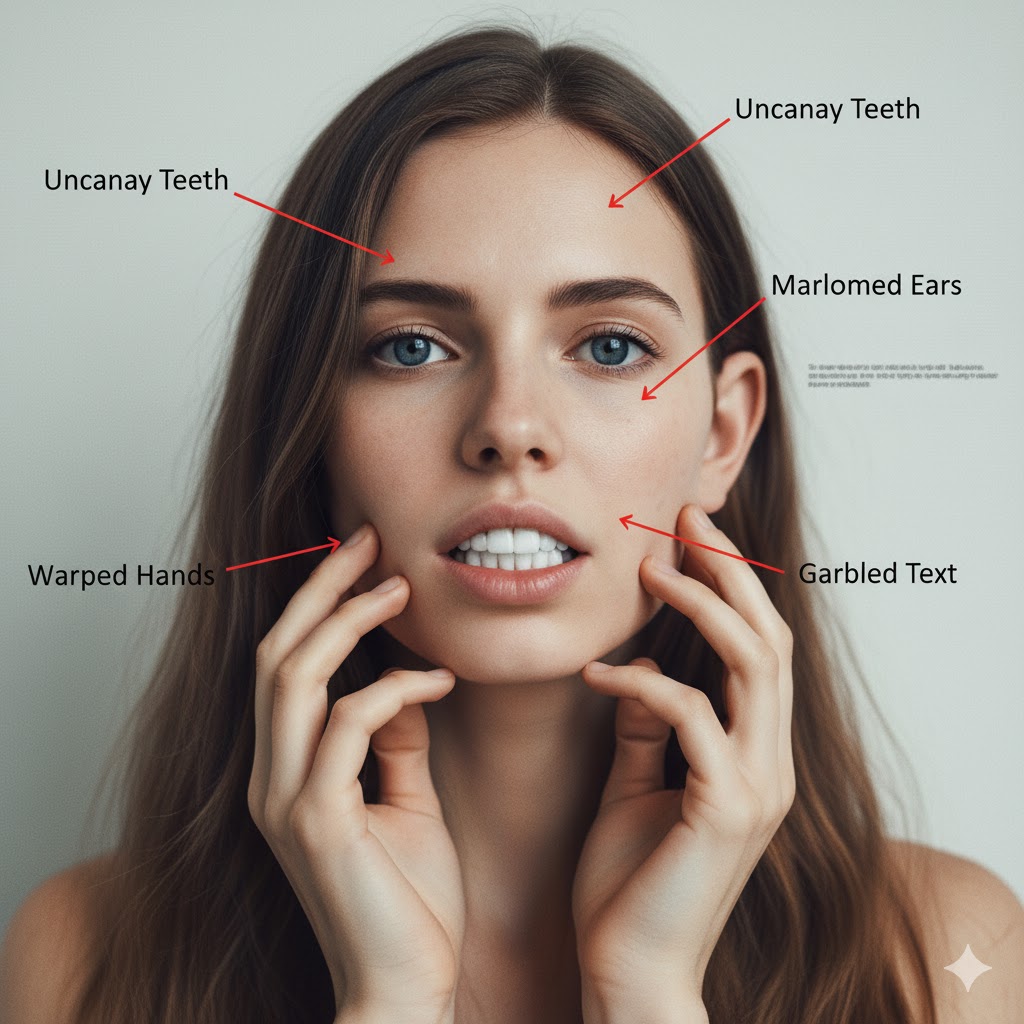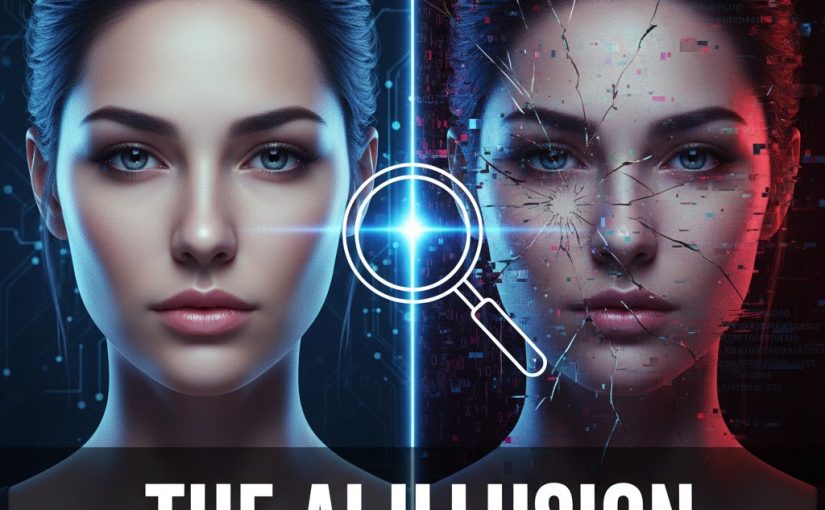Social media has always been a curated reality, a highlight reel of our lives. But what happens when the highlights themselves are entirely fabricated? We’re entering an era where AI-generated content – from hyper-realistic images to eerily convincing videos – is becoming increasingly sophisticated, blurring the lines between what’s real and what’s manufactured. This technological marvel, while offering incredible creative potential, also presents significant dangers and challenges, especially on the volatile landscape of social media.
The Rise of the Artificial: A New Era of Deception
Deepfakes, once a niche term, are now a mainstream concern. These AI-powered manipulations can swap faces in videos, animate still images, and even generate entirely new people and scenarios that never existed. The technology is advancing at an exponential rate, making it harder for the human eye to distinguish genuine content from the artificial.
Consider the implications:
- Fabricated Narratives: Imagine a deepfake video of a politician making inflammatory statements they never uttered, or a celebrity endorsing a product they’ve never seen. These can spread like wildfire, shaping public opinion and potentially inciting real-world consequences.
- Erosion of Trust: When we can no longer trust what we see and hear online, the very foundation of social discourse crumbles. This skepticism can lead to a general distrust of media, institutions, and even our fellow users.
- Personal Attacks and Harassment: Deepfakes can be weaponized for malicious purposes, creating non-consensual intimate imagery or fabricating embarrassing situations, leading to severe emotional distress and reputational damage.
- “Truth Decay”: The sheer volume of AI-generated content can overwhelm our ability to discern truth, creating a constant state of uncertainty and making it easier for misinformation to flourish.
The Illusion of Reality: How AI Deceives
AI-generated content thrives on creating false illusions. It can:
- Mimic Reality Flawlessly: Modern AI models are capable of generating faces, landscapes, and objects with astounding detail and realism.

Often, the subtle imperfections that betray a fake are becoming increasingly difficult to spot.
- Generate Believable Scenarios: Beyond just creating images, AI can generate entire scenes and short videos that appear entirely plausible, even if the events depicted never occurred. This can be used to construct elaborate hoaxes or spread propaganda.
- Evoke Emotion: By tapping into our visual and auditory biases, AI-generated content can be crafted to elicit strong emotional responses, making us more susceptible to believing its message, regardless of its authenticity.
Playing Detective: How to Spot AI-Generated Content
While AI is getting smarter, there are still clues that can help us identify fabricated content. Becoming a savvy digital detective is crucial:
- Examine for Inconsistencies:
- Subtle Imperfections in Faces: Look closely at eyes (do they align?), teeth (are they unnaturally perfect or irregular?), and skin texture (too smooth or too grainy?). AI often struggles with realistic hair strands, earlobes, and hands.

Look for extra fingers, warped proportions, or unnatural positioning. * Background Oddities: Are the backgrounds slightly distorted or blurred in unusual ways? Do shadows fall realistically? Is the perspective consistent? * Text and Logos: AI often struggles with generating coherent and correctly spelled text or recognizable logos within images. Look for garbled words or strange symbols. * Lighting and Reflections: AI can sometimes create unnatural lighting or reflections that don’t quite match the environment.
- Analyze Movement in Videos:
- Stiff or Repetitive Movements: Deepfake videos sometimes exhibit unnatural stiffness in facial expressions or body movements.
- Lip Sync Issues: While improving, lip-syncing can still be a giveaway, especially if the audio and video don’t quite match up perfectly.
- Absence of Blinking: Early deepfakes often had subjects who rarely blinked, though this is being corrected in newer models.
- Check the Source and Context:
- Is the Source Reputable? Who posted this content? Is it a verified account or an unknown profile?
- Does it Align with Other Information? Does the content contradict widely reported news or established facts?
- Reverse Image Search: Tools like Google Reverse Image Search can help determine if an image has appeared elsewhere online, potentially revealing its origin or if it’s been manipulated.
- Look for Digital Watermarks (Emerging Technology):
- Some AI generation platforms are starting to embed invisible watermarks into their creations, which could be detected by specialized software. While not widespread yet, this could be a future detection method.
The Path Forward: Education, Regulation, and Awareness
The challenges posed by AI-generated content on social media are complex and multifaceted. There’s no single solution, but a multi-pronged approach is essential:
- Media Literacy Education: Empowering individuals with the skills to critically evaluate online content is paramount.
- Technological Solutions: Researchers are developing AI tools to detect AI-generated content, acting as a digital immune system against deepfakes.
- Platform Accountability: Social media companies have a responsibility to implement robust detection mechanisms, label AI-generated content, and act swiftly to remove harmful fabrications.
- Ethical AI Development: Developers of AI generation tools must prioritize ethical considerations and build in safeguards against misuse.
- Legislative Frameworks: Governments may need to consider legislation to address the malicious use of AI-generated content, balancing free speech with the need to protect individuals and societies from harm.
The world of AI-generated content is here to stay. While it offers exciting possibilities for creativity and innovation, its potential for deception on social media demands our vigilance. By staying informed, developing critical thinking skills, and advocating for responsible technological development, we can collectively work to navigate this new digital landscape and preserve the integrity of our shared online reality.

